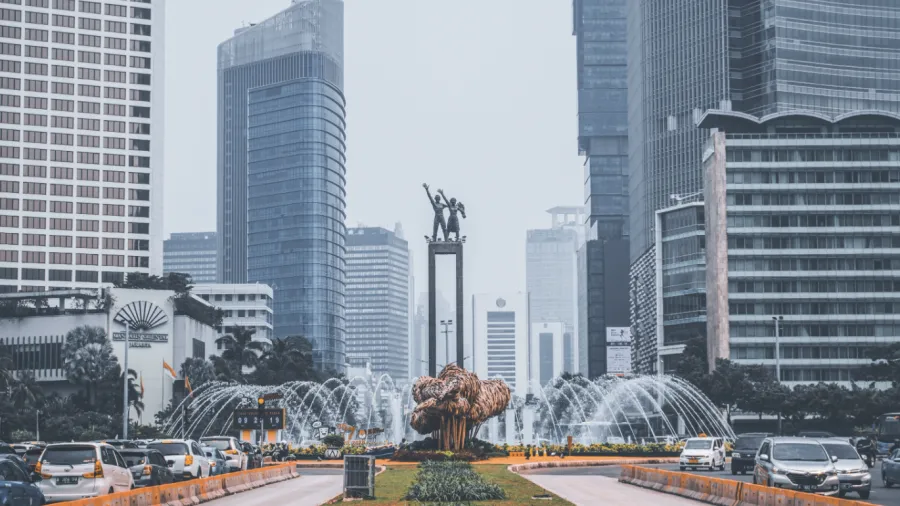
SME loan exposure raises Bank Rakyat Indonesia’s asset risk
Profitability is also set to decrease in 2025, Moody’s said.
PT Bank Rakyat Indonesia is expected to maintain strong profitability, capital adequacy, and funding, although asset risk remains high due to its lending to small enterprises.
“Asset risk remains high as the bank is active in the higher-risk micro and small and medium enterprise (SME) lending segments,” said Moody’s Ratings in a February 2025 review of the bank, where it affirmed its Baa2/P-2 deposit ratings.
BRI’s problem loans ratio—assessed as stage 3 and impaired Sharia loans over gross loans—improved to 2.8% as of year-end 2024 from 3.1% the previous year. This, in turn, translated into net credit costs rising to 1.3% in 2024 from 1% in the prior year.
The bank's loans-at-risk—which include non-performing loans (NPLs), special mention loans and restructured loans— also improved to 10.7% in 2024. That level is one of the highest among Indonesian banks that Moody’s rate, it said.
On the other hand, BRI's profitability will remain higher than that of most of its domestic peers due to its higher-yielding loans.
But profitability will decrease in 2025 due to higher funding and credit costs. These higher costs have already weighed on its net income as a percentage of tangible assets (ROA) in 2024, which declined 0.2 percentage point (ppt), according to Moody’s.
We expect BRI's capitalization to decline mildly—to a still very strong level, according to Moody’s—due to higher dividends payout.
As of year-end 2024, BRI’s Common Equity Tier 1 (CET1) ratio decreased to 25.5%, and is expected to drop to 21% on a pro-forma basis.
BRI's funding will remain solid, with stable access to low-cost deposits.
“However, we expect BRI's reliance on market funds to increase over the next 12-18 months amid high competition for deposits,” Moody’s said.



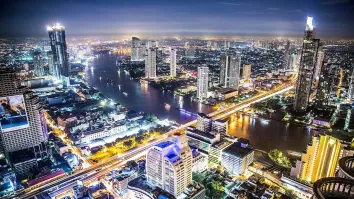




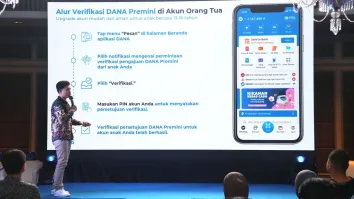

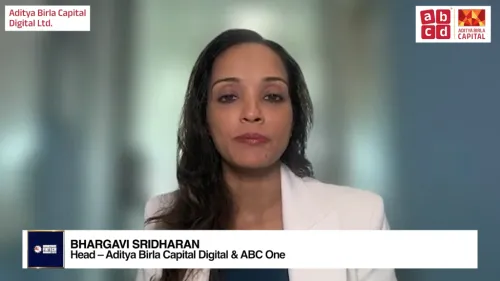



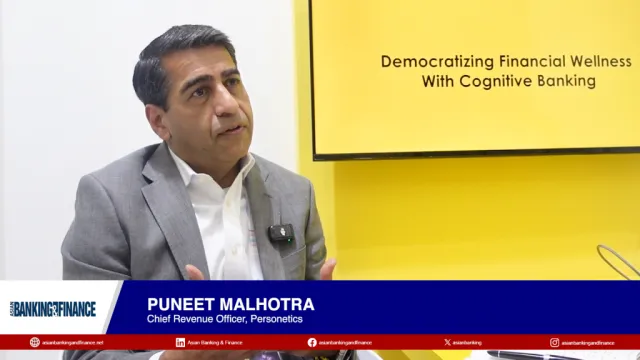
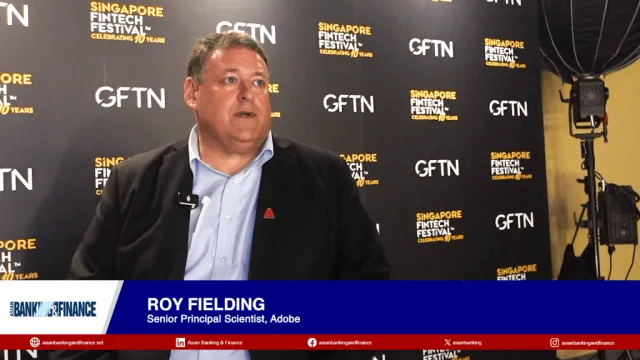



 Advertise
Advertise







